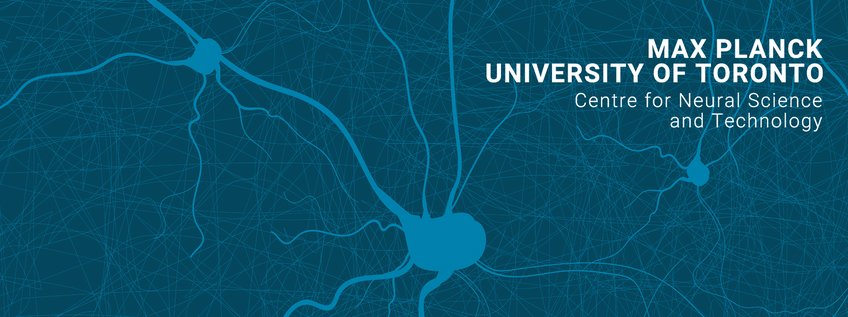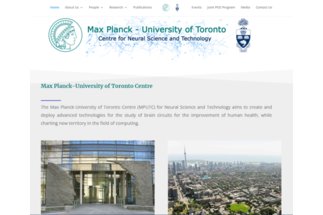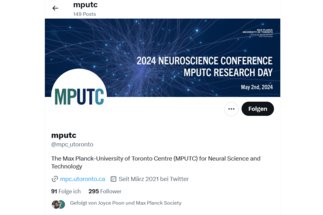
Max Planck – University of Toronto Centre for Neural Science and Technology
The Max Planck – University of Toronto Centre for Neural Science and Technology (MPUTC) is a collaboration between the German Max Planck Society (MPG) and the University of Toronto (U of T), which began in 2021.
The human brain is one of the most powerful and complex systems in existence. In many ways, it is more powerful than any human-made computational system.
Our mission is to unravel the mystery of the brain by creating novel tools to interrogate brain activity. These tools will be used in our collaborative network to perform in vitro and in vivo experiments within a variety of organisms (vertebrate and invertebrate) to gain new insights in the functional processing of the brain. These newly acquired data will be analyzed to develop understanding, to generate new experiments, and improve brain-computer interfaces. The data can also lead to new brain-inspired artificial intelligence algorithms.
The MPUTC offers an unique chance at an international Ph.D. program involving at least two collaborating labs of the Max Planck Society and the University of Toronto.





